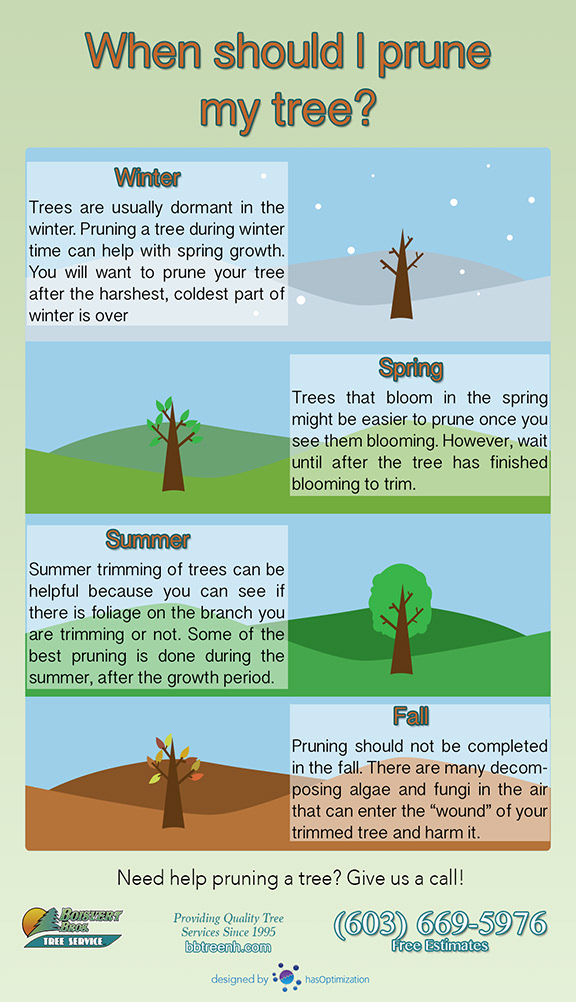The Effect Of Tree Removal On The Atmosphere: Important Knowledge For Your Factor To Consider
The Effect Of Tree Removal On The Atmosphere: Important Knowledge For Your Factor To Consider
Blog Article
Article Author-Costello Mccullough
When it pertains to the environmental impact of tree removal, there are vital aspects that demand your focus. From the elaborate web of connections within ecosystems to the succeeding results on climate patterns, the effects are extensive. You could be surprised to discover the elaborate ways in which the removal of trees can resound throughout the environment. Keep tuned to unravel the detailed links and effects of this relatively uncomplicated act.
Logging and Habitat Loss
Deforestation and habitat loss are crucial concerns coming from tree elimination. When trees are reduced, it disrupts whole ecosystems. Not just are the trees themselves lost, however the homes and food sources of plenty of plant and pet species are damaged also. Birds shed their nesting sites, creatures lose their sanctuary, and bugs lose their environments. The results ripple through the food chain, influencing predators and prey alike.
Moreover, deforestation contributes to climate change. Trees play a critical role in soaking up carbon dioxide, a greenhouse gas that traps heat in the ambience. With less trees, there's much less carbon dioxide absorption, leading to enhanced levels of this gas in the atmosphere and exacerbating worldwide warming.
Precisiontimberfelling
Environment loss is a direct result of logging, as the devastation of forests implies the loss of distinct and diverse ecological communities. Several types are not able to adapt to fast adjustments in their setting, resulting in populace declines and, sometimes, termination.
Shielding woodlands is essential to preserving the fragile equilibrium of nature and ensuring the survival of many plant and animal types.
Impact on Biodiversity
The removal of trees has a considerable effect on biodiversity, influencing the variety and abundance of plant and animal types in a location. Trees offer habitat and food resources for countless organisms, from insects to birds to creatures. When trees are removed, these varieties lose their homes and resources of nutrition, resulting in a decrease in their populations. This disruption can have cascading impacts on the entire community.
Furthermore, trees play an important role in keeping biodiversity by developing microhabitats within their covers, trunks, and origins that support a variety of types. When https://www.shorelinemedia.net/ludington_daily_news/news/local/public-explores-former-dow-land-during-conservation-park-workshop/article_52482899-c05d-5de7-94f4-668ea7c8c4c9.html are cut down, these specialized settings are damaged, decreasing the general diversity of the area.
Additionally, the elimination of trees can result in a decrease in hereditary diversity within plant populations, as particular tree species may no longer be able to recreate or spread successfully. Securing trees and woodlands is important for maintaining biodiversity and making certain the health of ecosystems for future generations.
Soil Erosion and Climate Modification
With trees being eliminated from a location, the disturbance of dirt framework and stability occurs, resulting in raised soil disintegration. Trees play a crucial duty in preventing disintegration by holding soil in place with their origin systems. When trees are eliminated, specifically in large numbers, the soil becomes extra vulnerable to disintegration from wind and water. This erosion not only affects the prompt environments but can additionally result in sedimentation in nearby water bodies, affecting water high quality and marine ecosystems.
Moreover, trees help regulate the climate by absorbing carbon dioxide throughout photosynthesis. When trees are lowered, this all-natural carbon sink is lessened, adding to increased degrees of greenhouse gases in the atmosphere. This can intensify environment change, resulting in more severe weather condition events and disruptions in ecosystems worldwide.
Therefore, the elimination of trees not just speeds up soil erosion yet likewise plays a role in the bigger ecological concern of environment adjustment. It's crucial to take into consideration these elements when evaluating the impacts of tree removal on the environment.
Conclusion
Since you recognize the environmental impact of tree removal, think about the consequences before cutting down trees. Logging disrupts communities, lowers biodiversity, and adds to dirt erosion and climate modification. By being mindful of the influence of tree elimination, you can help secure our atmosphere and protect the fragile equilibrium of nature. Make notified selections and consider alternative options to lessen the negative effects on our world.
